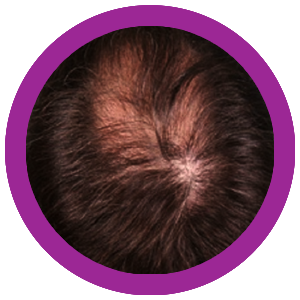

Extracellular vesicles (EV’s)
Extracellular vesicles (EV’s) consist of exosomes and microvesicles which are released directly from the cell membrane. EV’s can mediate cell–cell communication and are crucial in many processes including immune signaling, angiogenesis, stress response, senescence, proliferation, and cell differentiation. EV’s are involved in restoring tissue and organ damage and may partially explain the paracrine effects observed in stem cell- based therapeutic approaches. The function and content of EV’s may also harbor information that can be used in tissue engineering, in which paracrine signaling is employed to modulate cell recruitment, differentiation, and proliferation.
Growth Factors & Cytokines
Growth factors are proteins that may act locally or systemically to affect the growth of cells in several ways. Various cell activities, including division, are influenced by growth factors. Cytokines are a family of low-molecular-weight proteins that are produced by numerous cell types and are responsible for regulating the immune response, inflammation, tissue remodeling and cellular differentiation. Target cells of growth factors and cytokines are mesenchymal, epithelial, and endothelial cells. These molecules frequently have overlapping activities and can act in an autocrine or paracrine fashion. A complex network of growth factors and cytokines guides cellular differentiation and regeneration in all organs and tissues.
Paracrine Signaling
Paracrine signaling is a form of cell-to-cell communication in which a cell produces a signal to induce changes in nearby cells, thus altering the behavior of those cells. Signaling molecules known as paracrine factors diffuse over a relatively short distance (local action), as opposed to endocrine factors (hormones which travel considerably longer distances via the circulatory system), juxtacrine interactions, and autocrine signaling.







© 2019. All rights reserved.
A Distributor of Global Stem Cells Group Company.

